The second passenger jet aircraft in the world to fly after Britain’s de Havilland Comet 1 was Canada’s Avro C102 Jetliner. Powered by four Rolls-Royce Derwent engines and capable of flying 2,000 kilometres, the C102 first flew on 10 August 1949.
Developed by Avro to a Trans-Canada Airlines specification, it never went into production. This was due to an unfortunate series of choices by the Canadian Government. Canada lost what could have been a commanding position in the commercial aviation industry as a result.
Avro C102 Jetliner Video
Following on from last weeks video about the Boeing 307 Stratoliner, this week we head up to Canada for a look at the Avro C102 Jetliner. Running for just over 15 minutes, it is a fascinating glimpse into the story of this aircraft.
Both the main designer and chief test pilot – Jim Floyd and Don Rogers respectively – are interviewed about the C102. Their memories are very good, with many interesting details on how things came about and how it was to fly.
There are some fun anecdotes about the first arrival into New York, which shows people’s unfamiliarity with jets at the time. A CBS radio reporter also lists some of the records the Avro C102 broke in the United States in 1951.
Due to the cold war, production at Avro was ordered to focus on a military aircraft instead. Cancellation occurred in December 1951, and the almost completed second prototype was broken up.
How About One More?
This second video runs for around eleven minutes and again designer Jim Floyd gives an overview of what happened. Start it at 2 minutes 45 seconds as the introduction is unnecessary. What I particularly like are the many shots of the aircraft, both in colour and black and white.
The world’s first jet airmail was carried on board the Avro C102 Jetliner, flying from Toronto to New York in 58 minutes. This was half the previous record time.
Overall Thoughts
It is sad to think about all that effort wasted on such a technologically advanced aircraft. The sole C102 was eventually donated to the National Research council. They had no room for it, kept just the cockpit and broke up the rest of the aircraft. You can see this today in the Canada Air and Space Museum in Ottawa.
Lots of pictures can be found here at the Avro Museum web site, which are worth a look. What do you think about what happened to the Avro C102 Jetliner? Thank you for reading and if you have any comments or questions, please leave them below.
Enjoying the series? Check out the index to all the “Does Anyone Remember…” articles.
To never miss a post, follow me on Facebook, Twitter and Instagram.
All my flight and lounge reviews are indexed here so check them out!
Featured image via Toronto Sun.

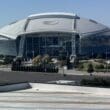


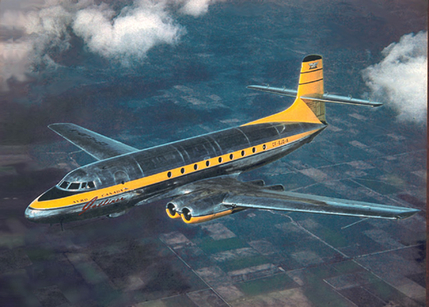

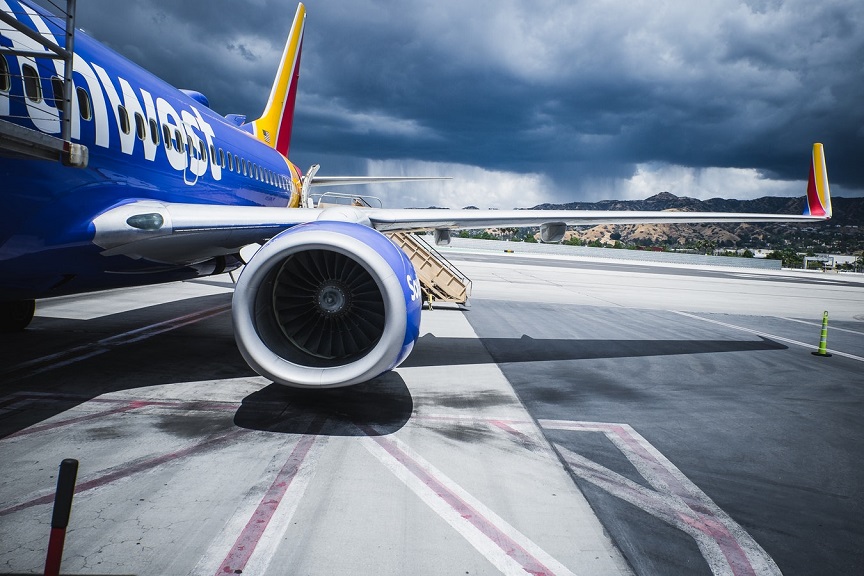

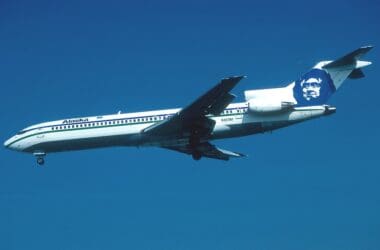
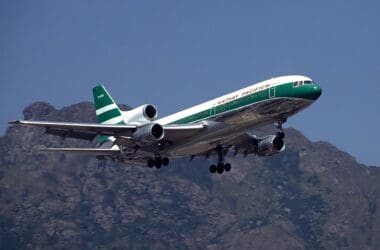
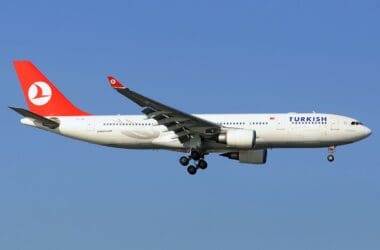
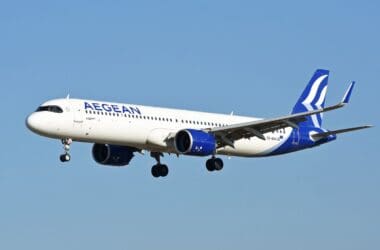

It is incorrect to say the C102 was the second passenger jet aircraft to fly in the world. In fact it was the THIRD passenger jet to fly. Preceding both the Comet and C102 was the jet powered version of the British Avro Tudor. The C102 design in fact was based on the jet Tudor. From the Jet Tudor Avro developed the ASHTON of which a number of examples were built. The Ashton was almost identical in size and appearance to the C102
Well, the Avro Tudor was not purpose built as a jet aircraft. You are correct in stating it did have jets as a test for one airframe and that it evolved into the Avro Ashton, which was also experimental. I was unaware of both of these things, so thank you for pointing that out!
Remember? This aircraft is like having a dead older sibling to me.
You have only touched on a tiny portion of the injustices done to this aircraft.
Trans Canada was instrumental in killing it. They decided they wanted the range to be destination, alternate plus an hour and 45 minutes instead of the standard 45 minutes that all aircraft are designed for.
It had all of its testing done and was ready to fly. De Havilland had not finished testing but found out. So they took their aircraft out to the runway, took off, as soon as the wheels left the runway they closed the throttles and landed on the runway remaining in front of them.
The Jetliner flew on schedule despite having to work around Rolls Royce refusing to sell them the original engines promised.
Howard Hughes wanted to buy it and produce it in Culver City but the government said they could not build it in Canada and also could not build it outside of Canada (govt stake in aircraft) or it would have gone into production.
The demise of AVRO broke up our family and drove my parents to move to the United States for my Father’s employment.
If you wish to know more about the Jetliner I have an absolute treasure trove which will eventually be sent to the Canadian National air museum in Ottawa
The Jetliner should be given more credit for what it was. It was the first aircraft to ever be called a jetliner and it coined the term
Yes, you are correct, there is a lot more to the story than I was able to pop down in a couple of hundred words. It’s really such a sad story of what could have been, with huge implications for the Canadian aircraft industry, such as it was.
The only thing I think you may have wrong is the de Havilland Comet first flight – you are correct, in that it did do practice runs as you described. There were press there and they were doing that. However, the press were then sent home, as they expected that was it for the day. The test pilots had other ideas and were confident so took it into the air properly. Something that the press were very upset about as they had missed history.
Even so, you are correct when it comes to the Avro, it should have had a lot more credit and it should have gone into service. Sounds like you have a unique perspective with a lot of personal experience there. I can only imagine how sad it must have been for the employees of the company. Thanks very much for taking the time to comment, I appreciate it!
So nasty. What if you don’t have room in your small house for your kid? Just cut the kid’s head off and keep that? NOOOOO! They should have just donated the aircraft to Pima, AZ. Too bad there’s not an International Airliners Museum in the world. So neat if it had, in one place, the 707, 727, 737-100, 747-100, 747SP, 747-400, DC-8, DC-9-10, MD-80, DC-10-10, DC-10-40, L1011, Mercure, VC-10, Trident 3E, Concorde, Comet IV, BAe 146, Caravelle, Convair 880, etc.
It is a shame that they didn’t produce the aircraft, as it was groundbreaking for the time. I agree, it would be awesome to have a museum like that. Can’t see it happening though – us fans will just have to travel from museum to museum to get our fix. Thanks for the comment!
I vaguely recall reading somewhere that TWA/Howard Hughes was seriously interested in ordering the plane. I can’t remember exactly why it wasn’t ordered but I think it had something to do with financing on the TWA end and some vague political intrigue regarding the “Buy American!” mentality of the time.
From looking around, it seems TWA/Howard Hughes wanted it, but the Canadian Government wouldn’t let Avro produce it. It’s a real shame all that effort was wasted!
That clears that up. So I’ll claim sort of a win on my sometimes sketchy memory!
Haha! Excellent!
The Canadian aviation industry has always suffered due to inconsistency in government policy. The similar story of the stillborn Avro Arrow interceptor comes to mind. The problem hasn’t been government involvement or governmental neglect. Instead, the problem has been wild swings in policy from election to election, with some governments offering supports or making pledges, followed by subsequent governments reneging on those pledges. Both aircraft, along with airlines like Canadian Pacific, have failed because there business cases have been based on unfulfilled promises.
Yes, I’d say all of that would be fodder for a number of books really. It is interesting to see how different things are in other countries when it comes to politics. To an extent, the UK industry suffered in a similar manner with some of the aviation projects there. Thanks for the comment!